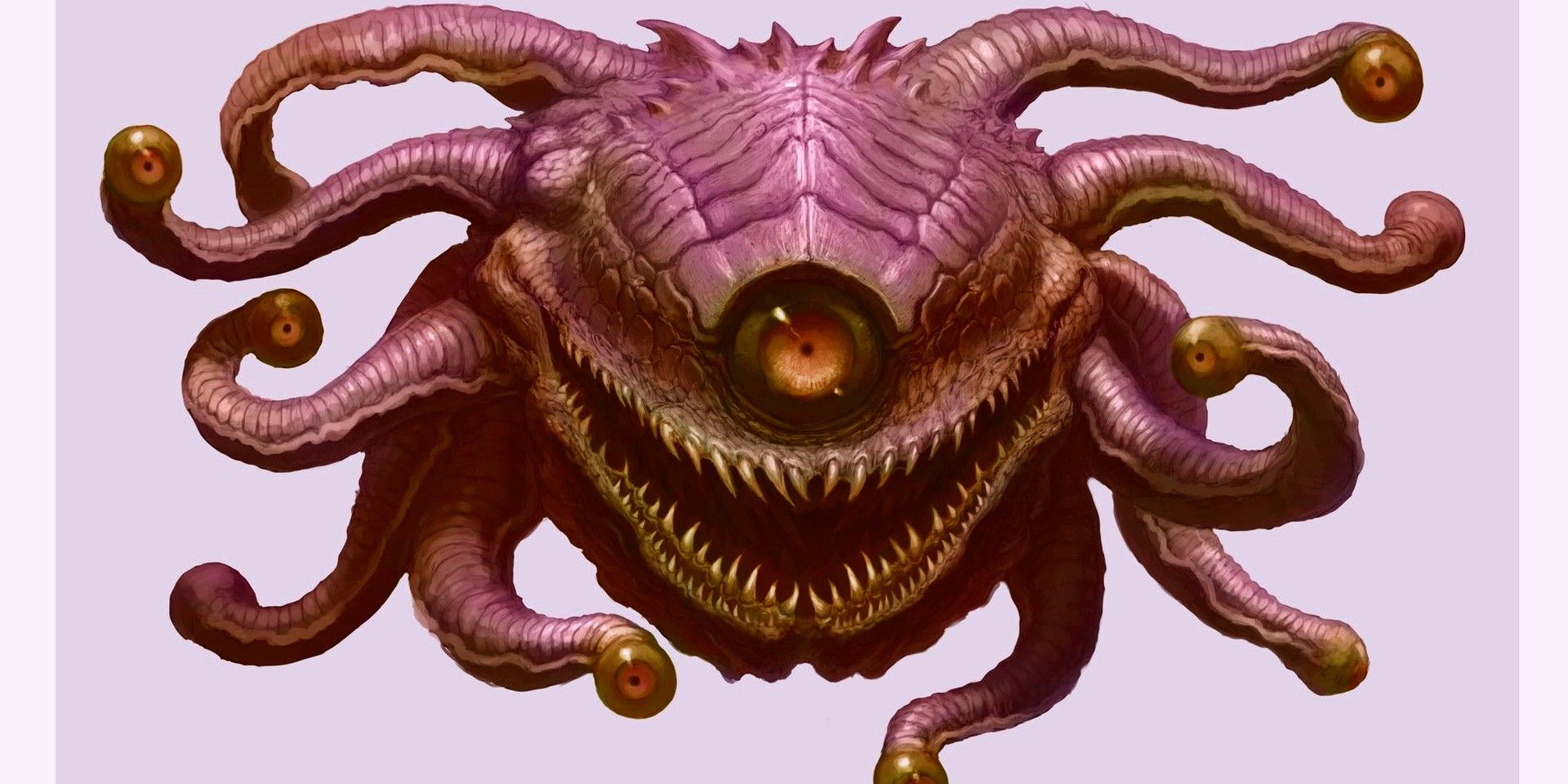Wizards of the Coast is making a variety of changes to its Dungeons & Dragons books with the intent to remove lore deemed to be problematic. These are not the first changes made by WotC to address racism. The last several years have seen many revisions to previously published Dungeons & Dragons books in the name of removing lore that enforces - or has the potential to enforce - negative racial stereotypes. These stereotypes can be traced back to the roots of D&D with greedy dwarves, violent orcs, and evil dark elves. Any generalization about an entire race of people has the potential to be problematic, and Wizards of the Coast has begun walking back parts of their publications that could, in any way, be used to further such ideas.
The Dungeons & Dragons community itself is divided as to whether or not the changes being made are for the best. Efforts made to address systemic race are never a bad thing, but many would rather see changes in how the company treats marginalized community members in real life, such as the Wizards of the Coast controversy with Orion Black, before making changes to the rules of their game. In Tasha's Cauldron of Everything, Wizards of the Coast introduced a new way of handling character race, allowing players to assign their innate ability score benefits to any scores they wanted, rather than being locked into the generic picture of the advantages of the whatever race they had selected.
Yesterday, Wizards of the Coast released a new Sage Advice by Jeremy Crawford with book updates to quite a few prior releases - Volo's Guide to Monsters being notable among them, as well as the Player's Handbook and Dungeon Master's Guide. Many of these updates are simply to remove the default alignment label on all (or almost all) creatures in the Dungeons & Dragons universe. However, the changes that community members are less than pleased about are those that cut a substantial amount of lore text from several iconic Dungeons & Dragons monsters - including beholders, mind flayers, and Yuan-Ti. The removal of this text prompted Greeny3x3x3, a D&D player on Reddit, to post a writeup of all the excised lore.
Many D&D players are confused by WotC's choice to remove content regarding beholders and mind flayers in particular, as the two races are categorically defined as "aberrations" in the game. Aberrations are typically otherworldly, monstrous entities with very little in common with the humanoids of the world, and typically possessed of an alien mind-set or way of thinking. This separation could reasonably exclude them from the need for sensitive treatment, but their lore bestows these monsters with behaviors that have the potential to be seen as intersecting with misguided ideas that people have held in real world history. In the case of beholders, parallels could be drawn to concepts of racial supremacy, and mind flayers practice the enslavement of other races. Although these creatures are clearly characterized as evil and monstrous, Wizards of the Coast determined that it would be better to cut down on the potential for problems that could stem from including such ideas with monsters in Dungeons & Dragons.
The full change list is too extensive to address in its entirety, but the general purpose remains mostly the same throughout. It could be said that the changes are unnecessary and do nothing but remove content and lore from the game, but it is important to remember that not everyone might feel that way. If making changes like this allows even a very small number of Dungeons & Dragons players to feel safer or more comfortable with the content in the game, it should at least be considered as worthwhile.
Sources: Jeremy Crawford/Wizards of the Coast, Greeny3x3x3/Reddit

